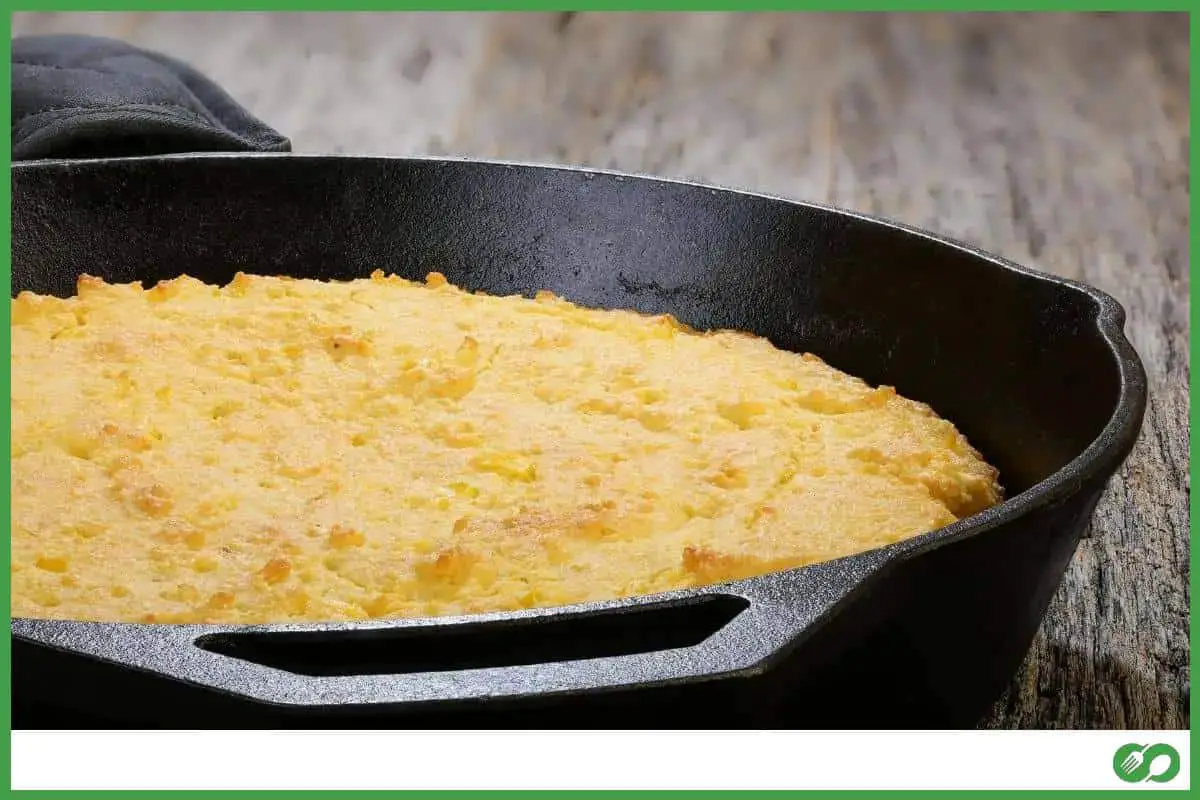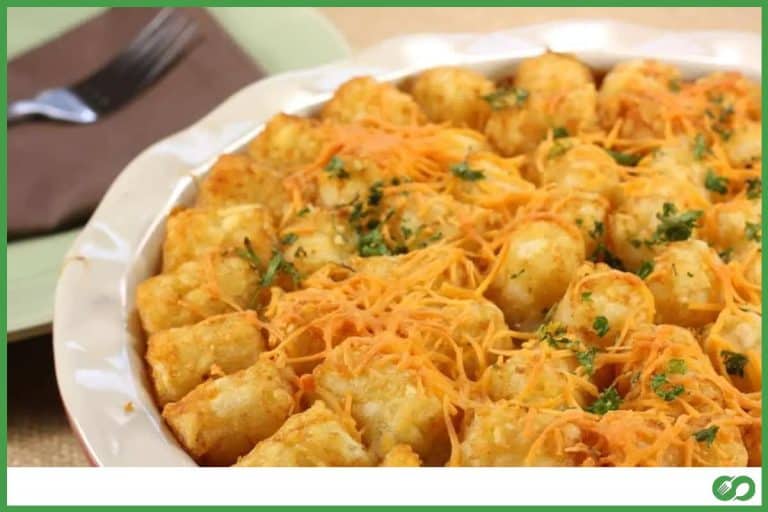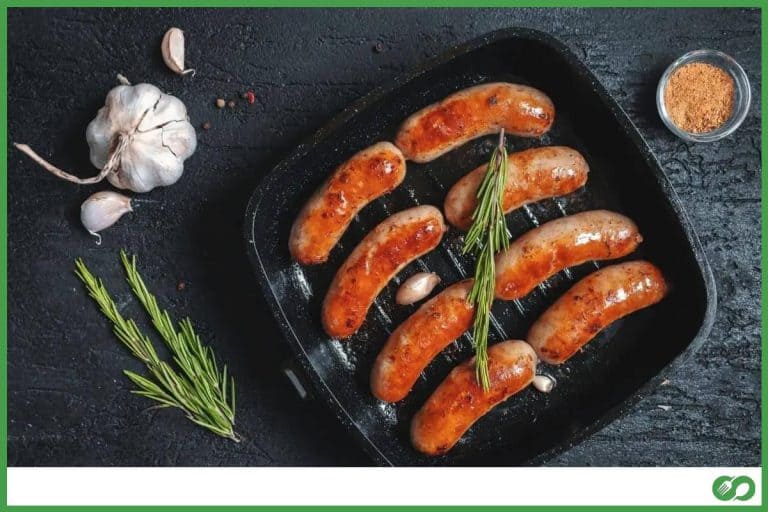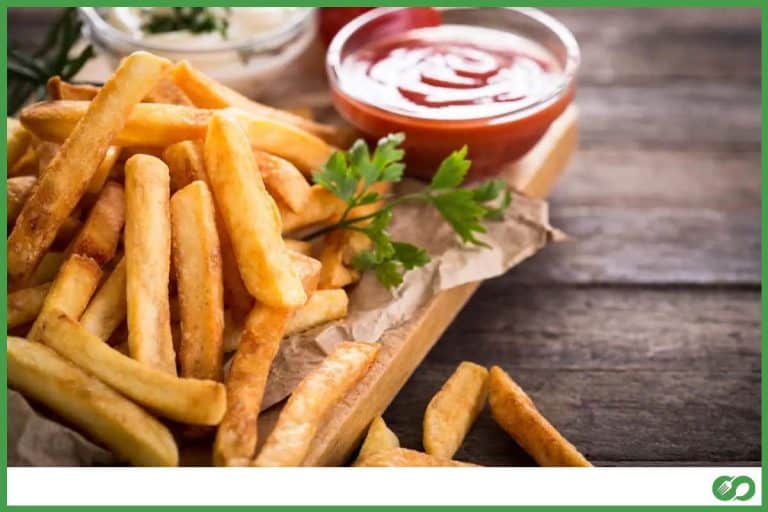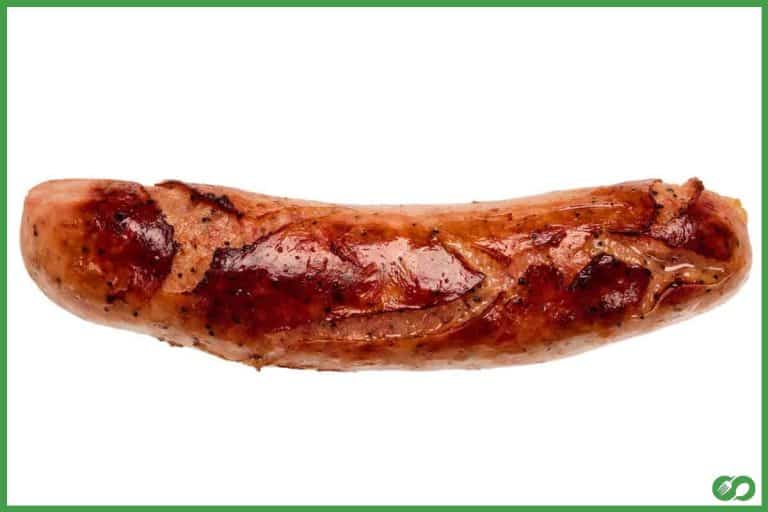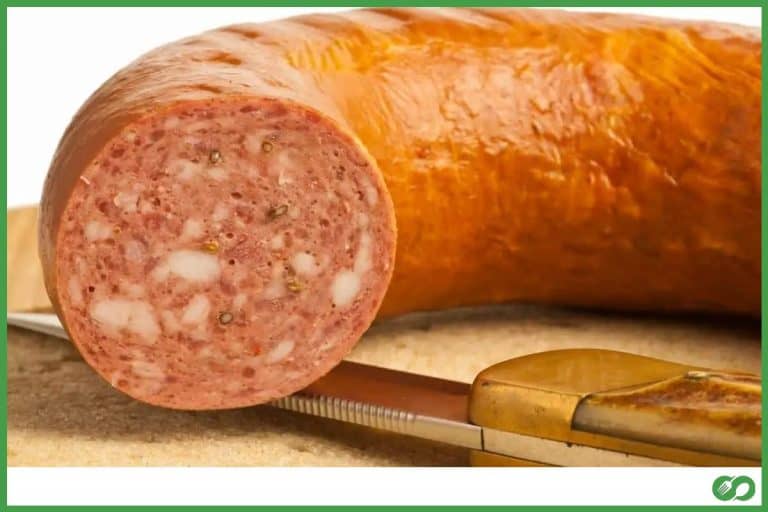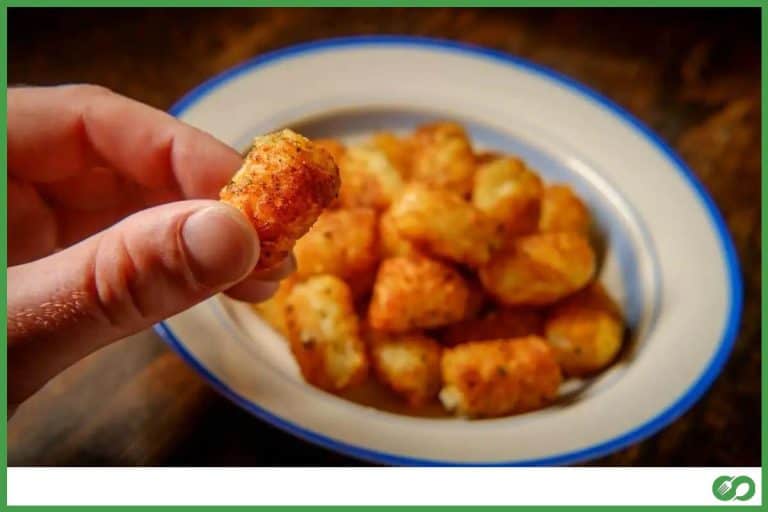Why Does Your Cornbread Stick To The Pan? (How To Fix)
This post may contain affiliate links which means that, if you choose to make a purchase, I may earn a small commission at no extra cost to you.
You know it is a good day when the smell of cornbread lingers through the house. However, when you open the oven and try to remove the cornbread from the pan, it gets stuck. What causes your cornbread to stick to the pan in the first place? A number of factors could be at play. But don’t worry; I’ve got you covered!
Cornbread can usually be made in one of two ways: in a baking pan or in a seasoned cast-iron pan. If you do not grease or dust the pan well enough before putting in the cornbread mix, it may get stuck. And, in the case of cast iron, it’s usually the dry pan that’s at blame.
There are a couple of methods to fix cornbread that has stuck to the pan. I will show you the full method, as well as how you can prevent the cornbread from getting stuck again. Let’s get into it.
How To Fix Cornbread That Is Stuck To The Pan?
Be it from a baking pan, or a cast-iron skillet, removing cornbread from a pan is not easy. Still, there are a few things you can try to remove the cornbread from your pan. Let’s have a look at all of the options you can try!
First Things First, Use Gravity
Before you try anything else, I hope you have tried this one. Lay a kitchen towel big enough for the cornbread pan flat on a table. And then turn your cornbread pan upside down and put it on the towel. You may have to wait a bit before you see it coming off.
If your cornbread turns out to be very soft, it may not work very well since the cornbread can fall apart. And if it is burned, you may have to scrape it out with something else.
Thin Knives Or Scrapers
Thin knives are essentially butter knives or silicone spatulas that are thin in width. Try to cut out the cornbread from the sides of the pan first and see if they come off when upside down. If they don’t, start lifting from the bottom edges.
Approach this very carefully, because if you go too aggressively from the start, your cornbread will fall apart. So when you see the cornbread loosening from the bottom and moving a little, stop scraping. Take them out using your hands, carefully.
Cut To Pieces And Take Out Separately
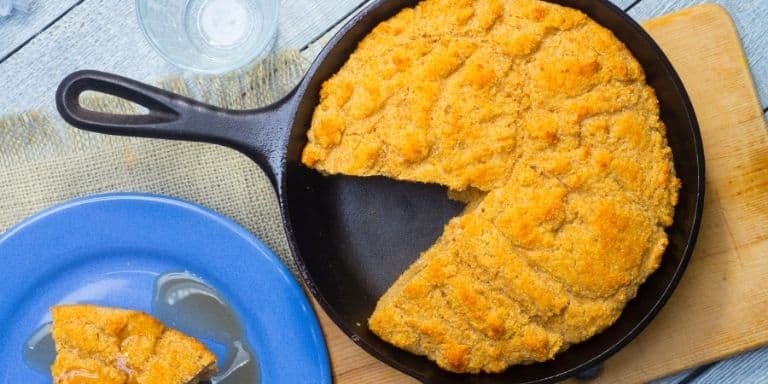
If the cornbread is whole, try to cut it into pieces of one serving size each. That way, you can easily take them out piece by piece without serious damage. And if it is already separated into pieces, use the scraping method or go in with your hands.
One tip that might work when the cornbread is too hard to get out, is to butter your scraper first. That way, it will add some extra grease to get the bread out easily.
How To Prevent Cornbread From Sticking To The Pan?
Now that you have successfully taken your stuck cornbread out of the pan, you might want to make sure the same thing does not happen again. To prevent cornbread from sticking to any kind of pan, you will have to follow separate methods of preparing them. Just taking a look at how they get stuck in the first place will give you an idea.
In the case of cornbread, there are two most popular pans. Baking tins for cornbread muffins, and then there is the cast-iron skillet. Let’s have a look at the things you can do to prevent cornbread from getting stuck.
Preventing Cornbread From Sticking To The Cast-iron Pan
Cast-iron pans are a bit tricky to figure out when you are using them to bake. You have to season it properly and maintain its surface texture to make sure every dish turns out well. It is no different from cornbread.
There are three ways you can make sure your cast-iron pan is good to bake cornbread. One is to use some kind of shield from the surface of the pan to the cornbread’s bottom surface. Secondly, prep your pan by preheating it. And the last method is to make sure the seasoning is right.
Make Sure the Seasoning is Right
Before you put your cornbread mix into the cast-iron pan, make sure that it is completely clean. In this case, “clean” means free from any kind of acidic grease. So, try not cooking acidic fruits and vegetables, and skip any kind of food that could be acidic.
Coat your pan with oil before putting it on the stove to heat up. Cooking oils like vegetable oil or butter work just fine. Spread the oil around the pan, and make sure it gets to all corners. Then you are all set.
Preheat the Pan Properly
For the cast-irons, take the pan you just greased. Put the pan in the oven at 400 F to preheat until you mix all the ingredients. Cast-irons are bad conductors of heat. That is why you need to make sure they are warm all the way through before you start baking.
Once it reaches a good temperature, flour the pan. Give a good dusting of cornmeal or cornflour all over the pan and make sure it goes to the corners too.
Use Parchment/Greased Paper
This should only be a last resort. You can use parchment paper for the bottom of your pan if you are not sure about the seasoning. This is perfectly fine, just make sure that the sides of the pan are seasoned or greased properly.
Preventing Cornbread From Sticking To Baking Tins
Cooking cornbread in a baking tin or muffin tin is a bit easier than in cast iron. But it is only easy up to the part where you do not have to season your baking tin. Beyond that, you will have to take some precautions before you pour your batter in. Let’s get into it.
Step 1: Dry your baking tins before you prep them. Make sure there is no moisture on them and they are clean.
Step 2: Use any kind of cooking oil like veggie oil, butter, or even cooking spray. Coat every surface of the baking tin that the cornbread mix will touch.
Step 3: Flour your pan. Use cornmeal or cornflour for the best results since you are making cornbread. Generously dust the flour over the pan and dump out the extra by turning it upside down.
Step 4: As an alternative to using flour, you can line the tin with parchment paper. Add it to the bottom straight after using the butter or grease. You can skip using the flour in this part.
Step 5: Time to pour in the batter from the mix. In this part, make sure you put enough according to the size of the pan. Putting in too much or too little will cause the bread to become too dry or not cook thoroughly.
Step 6: Put your baking tin inside the oven. Make sure to preheat it to the correct temperature before you do it. Once it looks like it is done cooking, turn the oven off and wait about 10 minutes before taking it out.
Step 7: Let it cool and check the temperature of the cornbread and try taking it out carefully with a thin knife.

